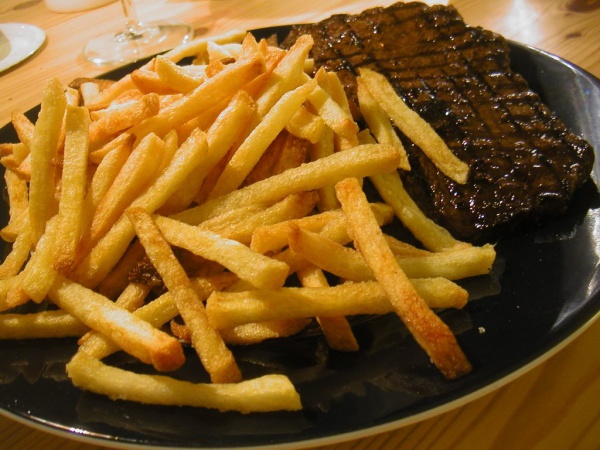Facts About Steak frites
Steak-frites, which translates to "steak and fries" in French, is a cherished dish commonly found in brasseries across Europe. Essentially, it features a plate of steak paired with French fries. Many even regard it as Belgium's national dish, as it is believed to have originated there.
Initially, rump steak was the typical choice for this meal; however, today you'll more frequently encounter entrecôte (rib eye) or scotch fillet. The steak is usually pan-fried to a rare doneness and served with a reduction sauce. It is often accompanied by rich sauces such as hollandaise or béarnaise, accompanied by a generous portion of French fries.
Steak-frites has also become popular in Portuguese-speaking countries. In Brazil, for instance, it is known as "bife e fritas" or "bife com batata frita." There, it is commonly served with onion rings cooked in the steak's juices and frying oil, which adds an extra layer of flavor. The dish is also well-liked in Spanish-speaking regions.
Interestingly, French cultural theorist Roland Barthes examined the cultural significance of steak-frites in his 1957 book "Mythologies." He offered a semiotic analysis, exploring what this iconic dish represents within society.

 Germany
Germany